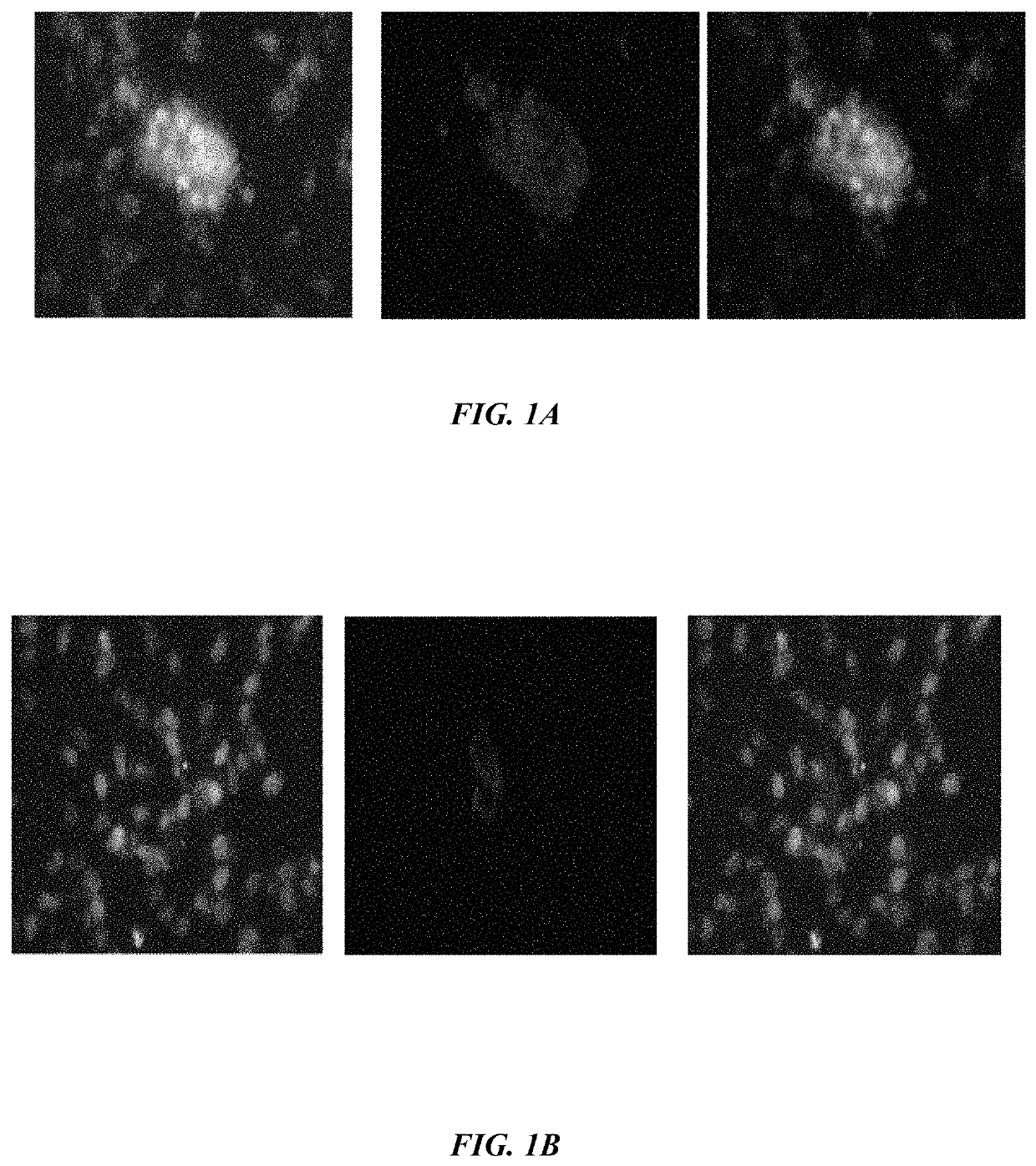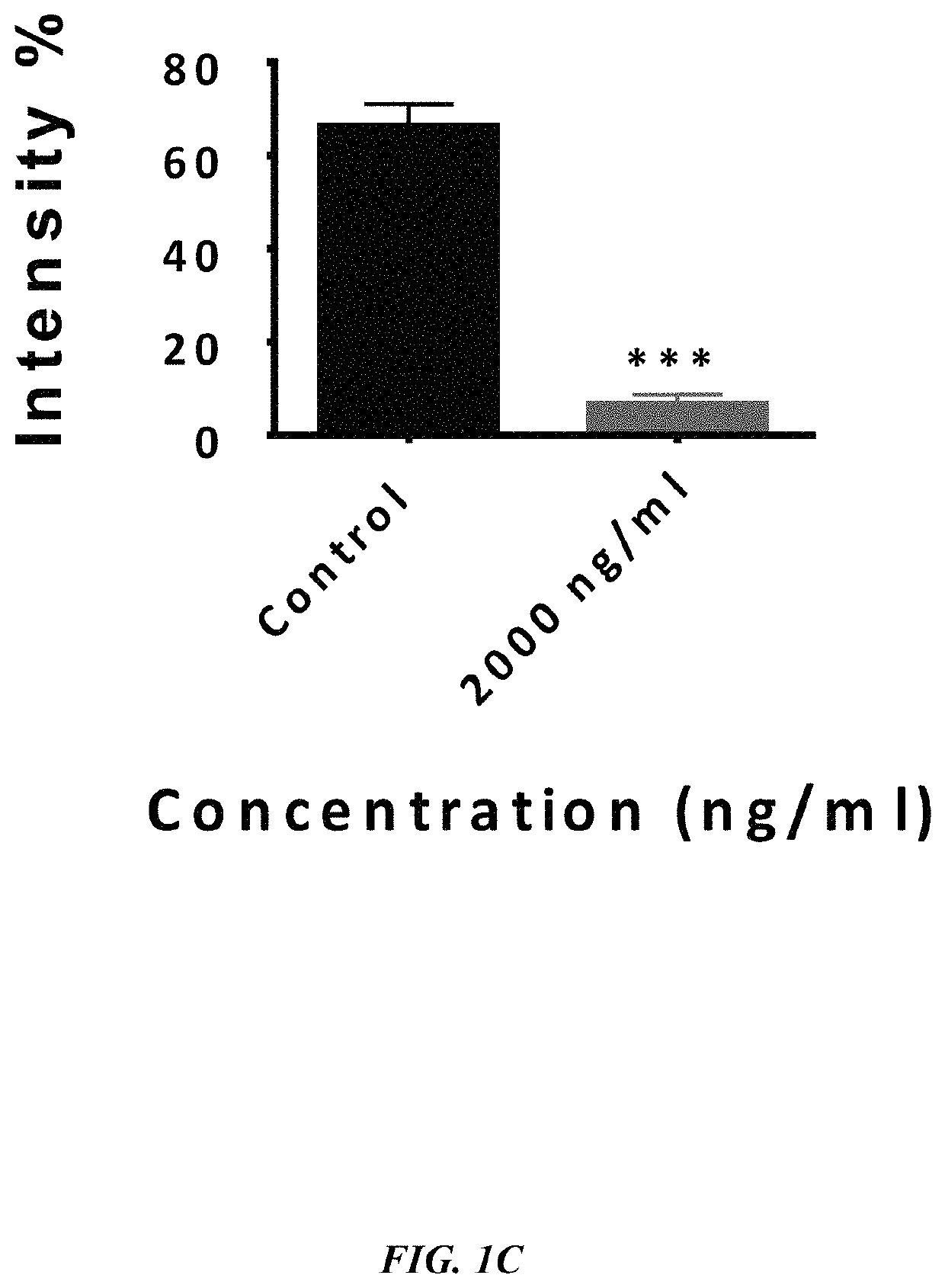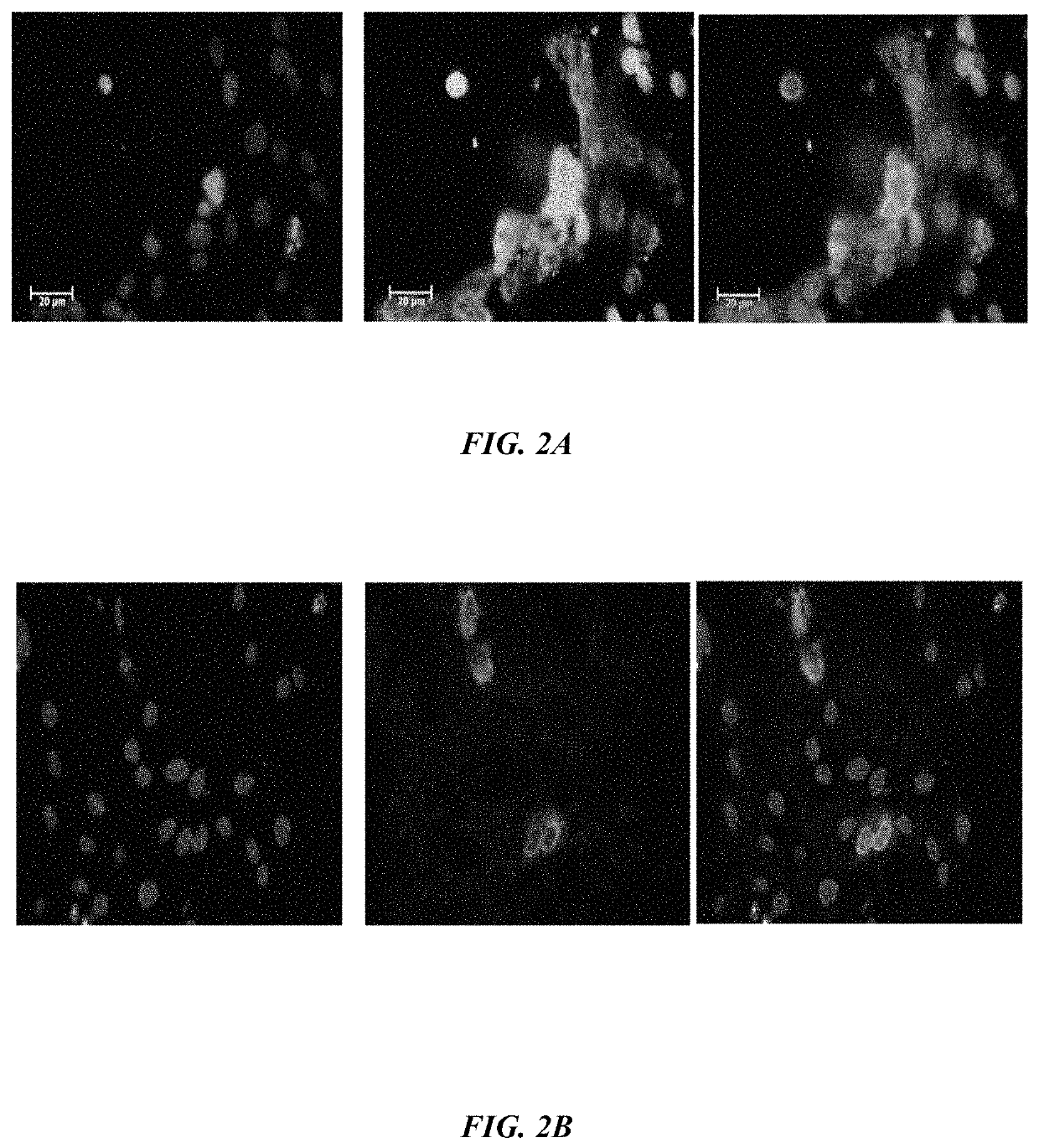Method of synthesizing antagonist peptides for cell growth
a cell growth and antagonist technology, applied in the field of cell growth, can solve the problems of difficult timely detection and treatment of cancer, high cost, and high cost, and achieve the effects of preventing blinding blood vessel growth, severe vision loss, and promoting blood vessel formation
- Summary
- Abstract
- Description
- Claims
- Application Information
AI Technical Summary
Benefits of technology
Problems solved by technology
Method used
Image
Examples
Embodiment Construction
[0021]The primary objective of the embodiment herein is to identifying the portions of vascular endothelial growth factor (VEGF) and fibroblast growth factor (FGF) which act as antagonist of VEGF-A, VEGF-B and / or bFGF respectively.
[0022]Another object of the embodiment herein is to provide peptide antagonists of VEGF-A, VEGF-B and bFGF for treating the physiological conditions associated with angiogenesis and neovascularization.
[0023]Yet another object of the embodiment herein is to provide peptide antagonists of VEGF-A, VEGF-B and / or bFGF for diagnosis of disease or condition which occur with over expression of VEGF and / or bFGF receptors.
[0024]Yet another object of the embodiment herein is to provide a peptide antagonist of VEGF-A, VEGF-B and bFGF are tools for analyzing the cellular pathways which depend on the activation of VEGF and / or bFGF receptors.
[0025]Yet another object of the embodiment herein is to provide peptide antagonists of VEGF-A, VEGF-B and bFGF in the form of fusio...
PUM
| Property | Measurement | Unit |
|---|---|---|
| concentration | aaaaa | aaaaa |
| concentrations | aaaaa | aaaaa |
| concentrations | aaaaa | aaaaa |
Abstract
Description
Claims
Application Information
 Login to View More
Login to View More - R&D
- Intellectual Property
- Life Sciences
- Materials
- Tech Scout
- Unparalleled Data Quality
- Higher Quality Content
- 60% Fewer Hallucinations
Browse by: Latest US Patents, China's latest patents, Technical Efficacy Thesaurus, Application Domain, Technology Topic, Popular Technical Reports.
© 2025 PatSnap. All rights reserved.Legal|Privacy policy|Modern Slavery Act Transparency Statement|Sitemap|About US| Contact US: help@patsnap.com



